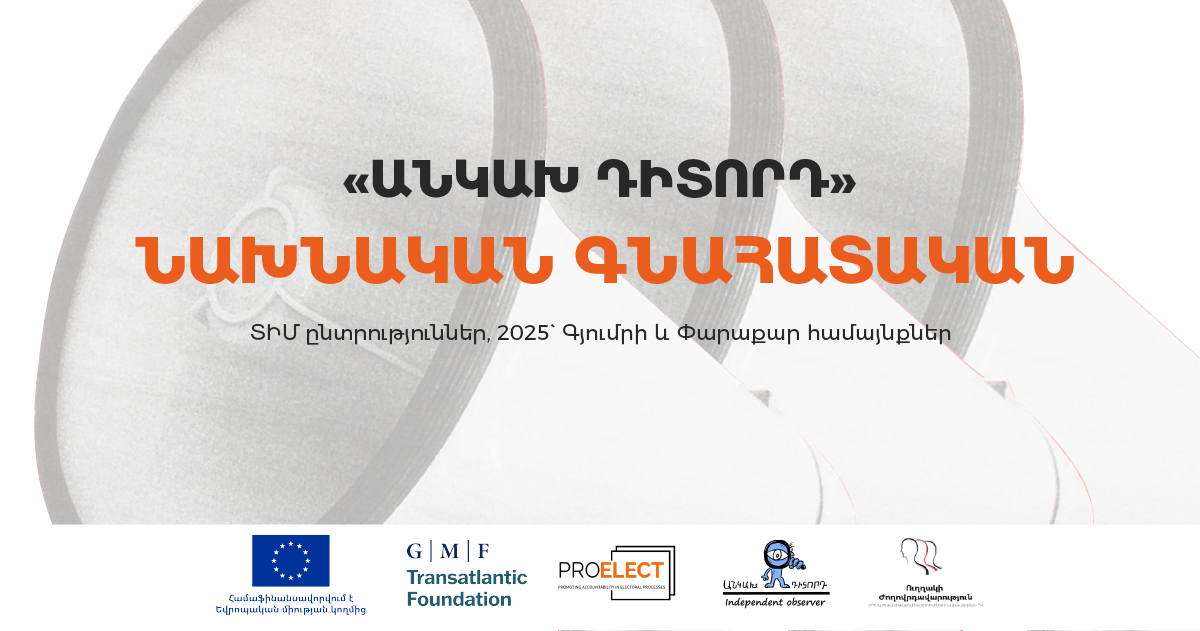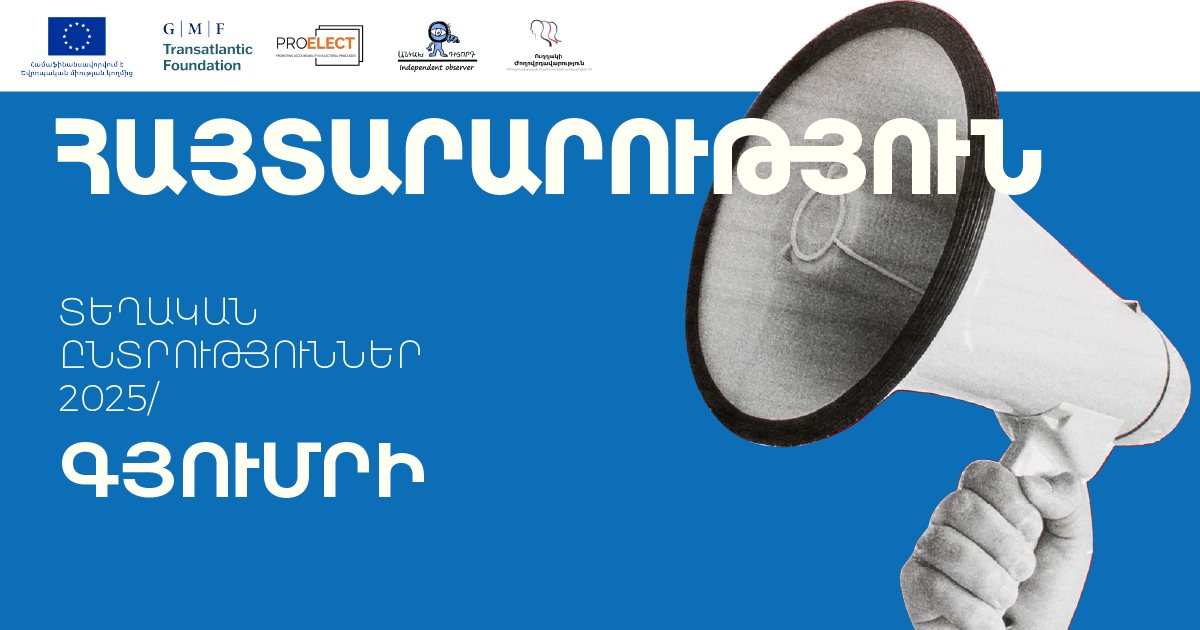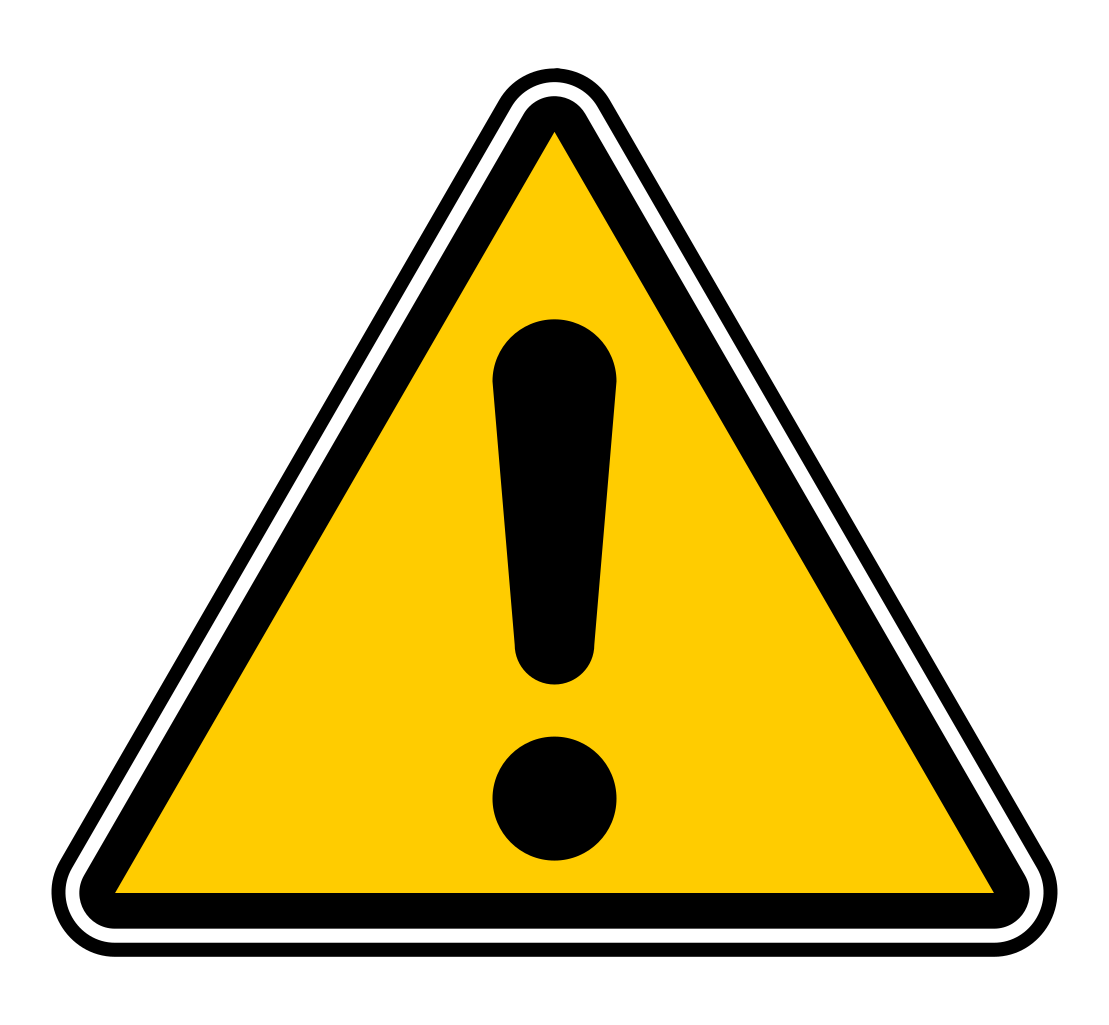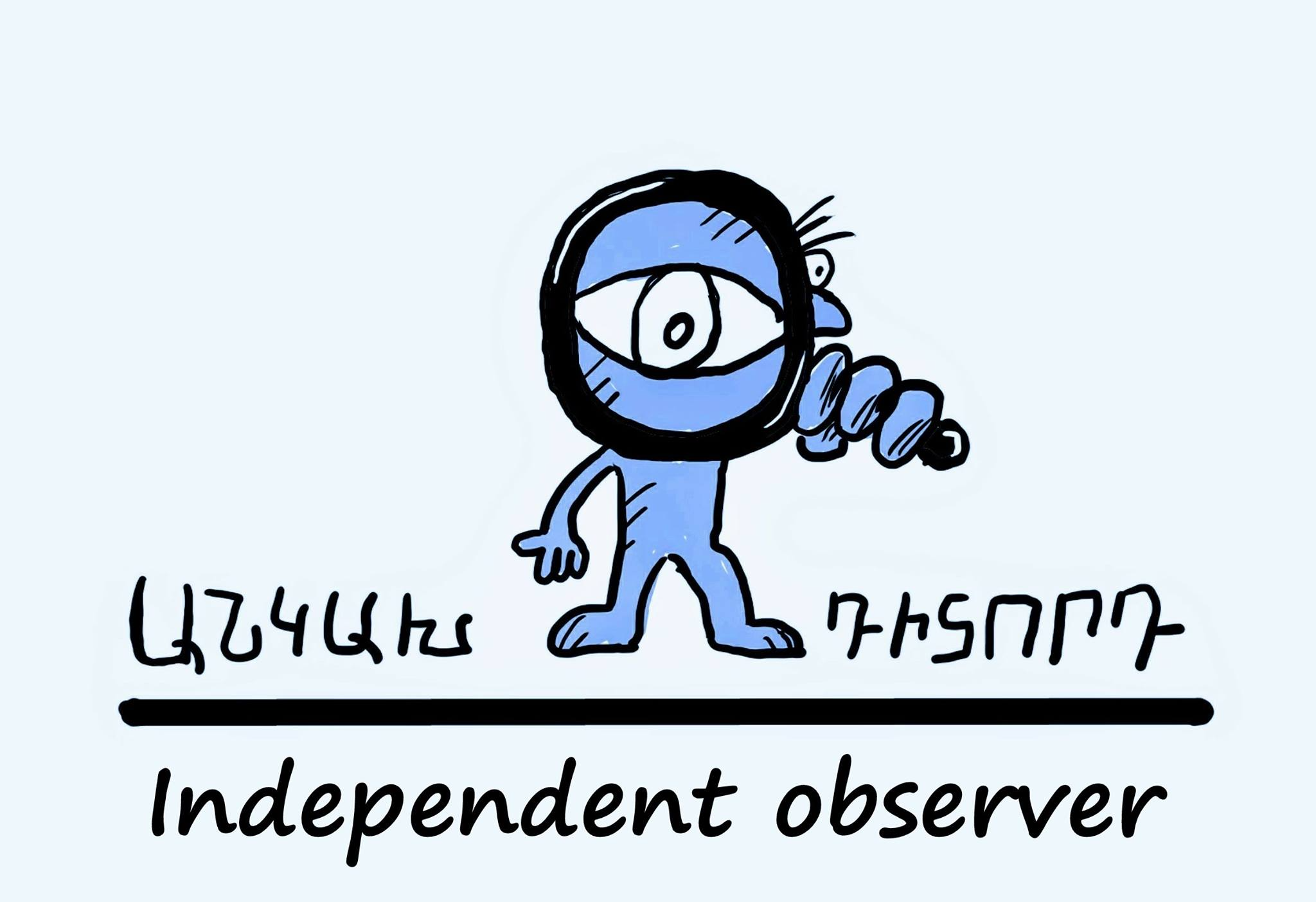




Recommendations on Carrying out Genuine and Effective Vetting of The Judiciary in Armenia
Joint | Announcements | Publications
Considering that a key public demand of the 2018 Velvet Revolution was to have an effective and fair judiciary, and the positions expressed in recent days by the Armenian Justice Minister and Prime Minister regarding the planned vetting of judges, and noting that anything planned by the Justice Ministry cannot, with the greatest of desires, amount to effective vetting that will address the needs of our country, we hereby present our collective position on the genuine and effective vetting that the Republic of Armenia urgently needs. This document was drafted by independent experts in view of our country’s needs and the experience of a number of countries that have engaged mechanisms of transitional justice.
Based on various publications on vetting and the analysis of models used in several countries, several principles emerge, which should be taken into account for the effective vetting of judges in Armenia’s context.
✅Vetting as a standalone tool has not led to the rehabilitation of the judiciary in any country. It must go hand in hand with or precede systemic reforms of justice (to include training of new personnel, identification and solution of the legislative problems, structural changes, increased effectiveness, and reforms of other bodies in the justice system).
✅Regardless of the long-term solutions proposed through the justice reforms to improve the integrity of judges, universal vetting is a one-time intervention that is needed to vet the judges with the lowest integrity, who cannot be personalized under other circumstances, given that the judicial power has been captured by certain individuals and groups acting in the name of the state. In other words, vetting is an ad hoc process that has been accepted and considered justified by the UN, the EU, and the CoE in countries where the judicial power has long been captured by the executive (see the examples below).
✅Unbiased vetting must be carried out by an entity (or entities) that is independent and representative of various stakeholders, based on clear criteria, which should include not only an assessment of property and professionalism, but also potential affiliation with criminal groups, decision-making under pressure, and so on. The vetting process can, however, trigger partisan or political abuse instead, if the removal of judges from office is made contingent upon group or political belonging, thereby turning vetting into a political sifting process. Instead of reinforcing human rights and the rule of law, such procedures lead to failing the reform objective. If all the principles (rigorous criteria, unbiased screening, procedural rules, and effective appeals) are strictly complied with, it is unrealistic that vetting will lead to removal from the system of honest and effective judges—something that is often cited as an argument against universal vetting.
✅The state should provide for an independent and impartial instance to which the vetting results can be appealed by the judges that are removed from the system as a result of vetting.
✅To carry out universal, ad hoc, and non-time-barred vetting, a number of countries have opted for constitutional amendments, the transitional clauses of which have defined the objective, toolkit, and timing of the process. Based on such clauses, constitutional laws or other laws are normally adopted by the parliament, based on which the vetting takes place.
✅The claim that universal vetting may cause the judiciary to collapse is exaggerated and based on the negative experience of other countries. One can assert that vetting that is planned cleverly in terms of time and actions and is implemented gradually is the best solution, parallel to which the vacant positions of judges will be filled by newly-trained judge candidates. Their education, training, and referral to the judiciary should take place from the very first stage of the reform.
✅The international experience also shows that a government’s delay in carrying out universal vetting will considerably reduce its effectiveness, because over time, the political will to carry out vetting will subside, and the “bad” judges will get used to working in the new reality, but their integrity is highly questionable, especially when trying important cases linked to corruption and breaches of human rights; public support to the vetting of judges declines over time, consequently leading to overall public disappointment with the judicial-legal reforms.
Below is a detailed overview of three of the most discussed models of judge vetting, the pros and cons of which can provide good lessons for Armenia to develop a model of universal vetting of judges.
ALBANIA
In 2014-2015, the Albanian judiciary had rampant corruption and low public trust in the judiciary. Reforms in this field were seen as a priority in the context of the country’s cooperation with the EU and the USA. The vetting of judges and prosecutors, as one of the tools of reform, was prescribed in the transitional provisions of the 2015 Constitutional Amendments, which had been commended by the Venice Commission. Based on the Constitutional Amendments, a Law on Vetting was adopted, which provided for three-phased vetting according to the following criteria:
Checking of property: this includes an audit of the property and incomes of all judges and prosecutors without any time restrictions. In this inquiry process, the vetted official shall carry the burden of proving the lawfulness of his/her property or income.
Checking of ties: this includes an inquiry into the person’s past and present activities to find out whether he/she demonstrated tendencies to join criminal groups or to act under their pressure, or whether he/she was explicitly or implicitly engaged in such groups. The involvement of the security agencies at this stage caused dissatisfaction among the public. However, this risk was mitigated because the final decision was taken by the Independent Commission.
Evaluation of professionalism. This evaluation is based on the criteria of impartial and competent decision making. It includes also evaluation of managerial skills, ethics, and personal qualities, which are prescribed by law. If the skills are not sufficient, the judge or prosecutor may be sent to the School of Magistrates for training, and those with lower indicators were simply dismissed.
The vetting will be carried out by the Independent Qualification Commission and the Appeals Commission. Hundreds of Albanian judges and prosecutors resigned before the start of the vetting. According to some studies, about half of the judges were dismissed from office as a result of the vetting. The process is planned to end in 2021. At the stage of determining whether the law was constitutional, the Venice Commission presented an amicus curiae to the Albanian Constitutional Court with the following key findings:
✅Vetting can be justified in extraordinary circumstances as a short-term intervention tool, when other longer-term means cannot secure effective results;
✅To comply with the principle of independence and impartiality of the process, the vetting must be carried out by independent authorities. Vesting the functions of data collection and inquiry with authorities affiliated with the executive power do not violate this principle.
✅For the whole vetting process to be in conformity with the fair trial standards, it is necessary to ensure the possibility for dismissed judges to challenge their reevaluation results in an independent appeal.
BOSNIA AND HERZEGOVINA
Bosnia and Herzegovina had appointed incompetent judges that continued to serve the agenda of the previous corrupt regime. Although the country’s reforms began after the 1995 Dayton Peace Agreement, the reforms of the judiciary and the prosecution system began only after 2001, when the Independent Judicial and Prosecutorial Commission was created, which suggested replacing the checking/review process with a process of reappointing all the judges and prosecutors.
The reappointment model consisted of two elements:
A) Legislative amendments that led to all positions of judges and prosecutors being announced as vacant, and all the competent professionals who wished to be appointed as judges or prosecutors could apply and participate in the open competition. This concerned also former judges and prosecutors who wished to re-apply for appointment to such positions under the same procedure as new applicants.
B) Besides the sitting judges’ personal or qualitative features, the Commission had also found problems with the structure and effectiveness of the judiciary. Hence, structural changes began on the basis of three main criteria:
✅The workload of judges;
✅The number of people served by a court; and
✅Distance to another large court.
Thus, the proposed reappointment process was aimed at not only checking the judges and prosecutors, but also reforming the structure of the judiciary. In other words, the reappointment process was an open competition for judge and prosecutor vacancies, which was conducted by an independent and impartial supreme council in order to prevent any political interference.
The process. Appointments were made in stages. The applications contained information on the applicants’ property status, political affiliation, and other issues. The applicants’ names were sent also to a number of international organizations for feedback or information gathering. As part of this process, the competent authority received also complaints from citizens with respect to the activities of the sitting judges and prosecutors. The majority of over 4,800 complaints received did not contain any material or procedural breaches. However, all of the complaints received were examined, and 750 of them were considered substantiated. Appointments to 878 out of the 953 vacancies had been made by May 2004, and 30% of the applicants were not reappointed.
Appeals. Judges and prosecutors that were not reappointed could appeal against the decision within a 15-day period only when the facts favorable to the applicant were not taken into consideration or the applicant was not granted access to his/her personal file. The salaries of the judges and prosecutors that were not reappointed would continue to be paid for six months after the termination of their powers.
Experts believe that this model of vetting enabled choosing the best judges and carrying out wider institutional reforms. However, it contains a risk of arbitrary interference in systems that otherwise function autonomously. Therefore, this approach should be adopted when the existing system is fully dysfunctional and cannot be reformed without such an approach. Experts claim that this model should be used in the beginning of the transition phase so as to avoid legal uncertainty. In the case of Bosnia and Herzegovina, this model was criticized, because its application began six to seven years after the Dayton Peace Agreement. However, it is worth noting that, at that phase of reforms, public trust in the courts increased in the country and reached 60.2 to 74 percent.
Ukraine tried, after the revolution there, to use a reappointment model, as well, but was criticized by the Venice Commission, which said that if the situation is what is described by the government’s representatives, then perhaps extraordinary measures could be necessary and justified for fixing those defects. The implementation of extraordinary measures must be genuinely aimed at identifying the judges who are not fit to hold a judge position, but vetting by means of removing all members of the judiciary cannot, in the case of Ukraine, be an effective solution to these problems, because there are also judges that were appointed under the lawful procedure in a country that, despite a number of defects and political influence on the judiciary, was nonetheless democratic.
KENYA
The Kenyan Constitution that entered into force in 2010 provided for the adoption of legislation, within one year, on the vetting of all sitting judges and magistrates. A year later, the Vetting of Judges and Magistrates Bill of 2010 was adopted. Parallel to the Vetting Council, the country had a Truth, Justice, and Reconciliation Commission, which did not study the conduct of individual judges, but rather focused on systemic violations and their causes, thereby complementing the vetting process.
The mandate to carry out vetting was placed in the Vetting Council that comprised nine members, including the chair and vice-chair. The Vetting Council had the power to collect information on judges, to demand reports and documents from any body, and to make inquiries. The Vetting Council has the right, based on the documents, to interview anyone. The nine members of the Vetting Council were divided between three concurrent platforms—each with one judge, one lawyer, and one non-lawyer. The Vetting Council had to determine (according to the vetting criteria):
✅Whether the judge had been appointed in violation of the requirements prescribed by the Constitution;
✅Whether where was a pending or completed criminal case with the involvement of the judge or magistrate;
✅Whether the Prosecutor General or the Anti-Corruption Commission had proposed to initiate criminal prosecution;
✅Information on the decisions made, competence, and integrity; and
✅Whether any complaints had been lodged against the judge by professional bodies such as the Disciplinary Commission, the Commission for Complaints of Lawyers, the Standing Committee for Public Complaints, the National Commission for Human Rights, the National Security, the Police, and so on.
The examination of complaints looked at aspects such as the judges’ professional skills, integrity, fairness, impartiality, professional experience, and other qualities expected of public servants.
Under the Bill, the vetting primarily covered the 58 judges of the appellate and supreme courts, followed by the 352 magistrates and the staff of the courts. Judges could appeal the decisions of the Council’s platforms to the Commission comprising a chair, vice-chair, and three members that did not participate in the adoption of the initial decision. The Vetting Bill provided that, within three months of its entry into force, the judges would decide whether they wanted to be vetted or dismissed voluntarily, having the right to receive final payment or retire early—depending on different circumstances.
Some experts have criticized this model for the possibility to appeal to professional bodies against judges, because it allowed abuse to occur in their context, especially as the community of lawyers targeted a specific group of judges and did not enable them to be properly heard.
A ROADMAP FOR PLANNING UNIVERSAL VETTING IN ARMENIA
Vetting of judges and revision of the composition of courts: over 1-3 years, with the following steps:
A․Vetting
✅Based on wide public discussions, draft a new Constitution within a two-month period;
✅Adopt a Law on Vetting and create the bodies to carry out vetting;
✅Plan the stages of vetting, by the instances of courts: the process should begin with the judges of the Constitutional and Cassation Courts and the Supreme Judicial Council.
In parallel, the following actions must be pursued:
B․Train new candidates of judges and compile a list;
C․Appoint new judges (it will help also to counterbalance the sitting judges).
A) Vetting of judges
The universal vetting criteria, stages, and composition and powers of the body implementing it will need to be prescribed by the Constitutional Amendments: the transitional provisions, in particular, can prescribe that, within six months of the entry into force of the Constitutional Amendments, a Vetting Law must be adopted in conformity with the transitional provisions.
The Law should prescribe the chosen model of vetting and the implementation procedure, criteria, stages, composition of the body implementing it, the selection procedure of its members, the term in office, social safeguards, protection of activities from potential interference, procedure of appealing its decisions, the appeals mechanisms and grounds, and so on. To prevent corporate conflicts of interests, it will be most effective to have judges, independent lawyers, and non-lawyers within this body, who shall be selected by the National Assembly after a preliminary integrity check. A smaller independent appeals body should be formed in conformity with the same principles. The vetting authority should be staffed and have data collection and analysis units. It is crucial to divide the universal vetting into clear stages, each one of which will check the judges of the Constitutional Court first, followed by judges of the Cassation Court, the members of the Supreme Judicial Council, the appellate courts, and finally the first instance courts.
The vetting criteria should be clearly prescribed in the law. In this case, as the option discussed is one of ad hoc vetting, the criteria should include not only property status and professional skills, but also reasoned allegations of engagement in corrupt transactions, irrespective of whether or not such allegations are dealt with in a forma criminal case, as well as the impact of the judge’s decisions on fundamental human rights and freedoms, final judgments and decisions rendered by or with the participation of the judge, in respect of which the European Court of Human Rights has found violations of human rights, and so on. Clear criteria should also be prescribed for appealing the decisions of the vetting body, including the grounds, time periods, and procedures of such appeals. Regardless of what criteria are chosen for the vetting, they must reflect the public’s expectations of creating independent courts, and inform the public in very simple and impartial terms and engage the public. The goal is to build up public support of the process and to make it legitimate for the public. In Argentina, for instance, where the vetting of judges was carried out behind closed doors, and the public had no knowledge of the process, it created deep mistrust in the public and was perceived as an attempt by the new government to build up a judiciary that would be obedient to it. Hence, the vetting process of judges, which was inherently aimed at increasing public trust in the judiciary, failed in its purpose.
The law should also prescribe the working mechanisms of the vetting body, i.e. whether the checks will be performed on the basis of declarations filled in by the judges, oral interviews, information received from other bodies, and complaints from citizens. Different states have used different tools, depending on what criteria were selected and what level of public participation had to be secured.
Before proceeding with large-scale vetting in the system, experts always suggest piloting the tool, for instance using it in relation to judge members of the Supreme Judicial Council at first. The process should provide the safeguards of fair trial, and all decisions of the commission should be reasoned, substantiated, and subject to appeal. Based on the piloting, certain problems will be identified, which will need to be fixed before the tool is used universally.
B) Training new judge candidates and preparation of a list
Parallel to developing the vetting tool, urgent steps must be taken to train judge candidates and to prepare a list. The candidates in the list should be appointed to the positions that will become vacant as a result of vetting or voluntary resignation (in Albania, hundreds of judges left the system before the vetting began) or increasing the number of judge positions in the courts. The training of judge candidates must be carried out under a qualitatively new curriculum that will reflect the priority issues that judges will deal with, such as trial of corruption offences, asset recovery, mass violations of human rights, and so on. These areas should be consistent with the need to address the systemic problems mapped. It will involve revision of the Justice Academy’s curriculum, emphasizing certain priorities, and training of trainers for the Justice Academy. It will also be necessary to change the method of determining the number of future attendees of the Justice Academy, so that it is not based on the anticipated number of vacancies, but rather, produces a sufficient backup that will allow gradually replenishing the list of candidates. In parallel, the social safeguards provided to judges must be increased.
As part of reviewing the Constitutional Law on the Judicial Code, it will be necessary to define clear and measurable criteria for the evaluation and qualification check of aspiring judge candidates, and to improve the composition and selection mechanism of the members of the Qualification Commission in order to prevent any arbitrariness. When preparing the lists of candidates, it will be necessary to ensure that the judge candidates are selected with the highest possible level of transparency and accountability, with the possibility of engaging the public in the process.
C) Counterbalancing the sitting judges by means of appointing new judges
In combination with the vetting tool, as well as in a separate-track process, it is possible to renew the composition of the courts by filling the existing vacancies with new judges as well as creating new judicial positions. These actions are aimed at ensuring that independent candidates, which have a strong sense of integrity and never worked in the judiciary before, introduce a new quality into the judiciary and counterbalance the judges that were in one way or another engaged in systemic corruption and other criminal schemes.
To this end, an in-depth study is required to identify what critical mass of judges needs to be achieved in the existing judiciary (all the judicial instances plus the Supreme Judicial Council) and in the new courts to be created, in order to change the quality of the functioning of courts and the substantive quality of justice. As it will be impossible to fully change the conduct and performance quality of the sitting judges, new judges need to bring systemic change in the judiciary.
Thus, the study should answer a number of questions such as:
✅How many judges need to be replaced immediately (in all the court instances) in order to achieve quick and visible improvement in the judiciary. It is necessary, in this context, to target the currently sitting judges with the lowest level of integrity, which were involved in political persecution, the delivery of unlawful judgments, and corrupt transactions, as well as judges who rendered judgments or decisions that subsequently caused the European Court of Human Rights to find violations by Armenia of human rights under the ECHR, especially its Articles 2, 3, 5, 6, 10, 11, 13, 14, and 18, as well as Articles 1, 3, and 4 of Protocol to the ECHR.
✅How many vacancies there are and in which court instances? According to letter number E-1392 dated 26 February 2019, in which the Supreme Judicial Council provided information to the Justice Minister of the Republic of Armenia, there were a total of nine vacant positions of judges in seven first instance general jurisdiction courts of the Republic of Armenia at the time.
✅How many judges are close to the retirement age? For example, the judges that have five to seven years before retirement. The state can propose to them the option of early retirement.
✅How many judge positions need to be increased in the judiciary in order to ensure access to justice and the trial of cases within a reasonable period, as well as to alleviate the current workload of the judges. In 2018, the Supreme Judicial Council published a Concept Note on Comprehensive Improvements of the Effectiveness of Justice in the Republic of Armenia, in which it stated that the number of judges per 100,000 residents is on average 21 in the Member States of the Council of Europe, and 8.3 in the Republic of Armenia, which is about three-fold less. This figure significantly affects the effectiveness of the judiciary. According to the conclusions of the Concept Note, at least seven judge positions must be added to each first instance general jurisdiction court of Armenia. Thus, Armenia needs a significant increase in the number of judges.
✅What steps need to be taken to make the judiciary and the judge position more attractive for qualified professionals?
In order to have effective vetting of the judiciary in Armenia, it is necessary, but not sufficient, to reform also the law-enforcement system, including the police and the investigative and prosecutorial systems and to carry out vetting of their senior officials, which should run parallel to the vetting of judges.
Recommendations on Carrying out Genuine and Effective Vetting of The Judiciary in Armenia














